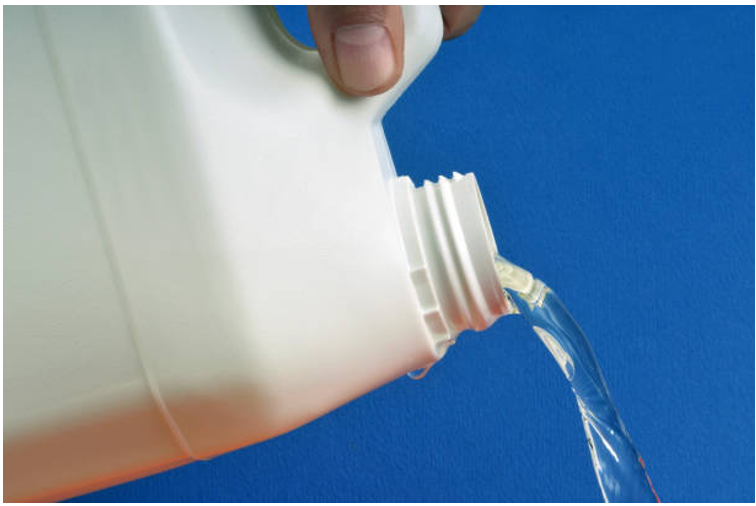In public facilities maintaining hygiene is critical to prevent the spread of infectious diseases. Among the range of disinfectants available, bleach (sodium hypochlorite) remains a cornerstone for effective disinfection when used correctly. My Office Supply Qatar, trusted bleach suppliers in Doha, provides high-quality disinfectants for reliable sanitation in every facility.
This blog explores its role, safe usage practices, and where to source bleach.
Understanding Bleach as a Disinfectant
Containing 5%–9% sodium hypochlorite, pure bleach solutions offer broad-spectrum antimicrobial effectiveness. They can eliminate bacteria, fungi, viruses, and even prions through oxidation and protein denaturation.
Bleach is effective for surface disinfection, including in food-contact settings though regulatory standards require low chlorine residuals and proper rinsing.
Detailed early research from CDC indicates that:
- 100 ppm chlorine can kill common bacteria and spores within about 5–10 minutes.
- 1,000 ppm is recommended for tougher pathogens like Mycobacterium tuberculosis or blood spills.
- Even 200 ppm was sufficient to inactivate several viruses in under 10 minutes.
Best Practices for Bleach Use in Public Facilities
- Pre-clean before disinfecting
Remove visible dirt and organic matter first—these thwart bleach’s effectiveness.
- Correct dilution
The CDC recommends dilution like:
- 5 tbsp bleach per gallon of water, or
- 4 tsp per quart.
- Appropriate contact time
Surfaces should remain visibly wet for at least 1 minute; some pathogens may require longer. For instance, complete inactivation of viruses or robust organisms may need more time.
- Freshly prepared solutions
Bleach degrades rapidly when diluted, losing effectiveness within 24 hours. Always prepare a fresh batch daily.
- Ensure ventilation and PPE
Use bleach in well-ventilated areas. Wear gloves, aprons, eye protection, and masks as needed.
- Never mix with other chemicals
Combining bleach with acids, ammonia, alcohol, or hydrogen peroxide can yield toxic gases or explosive reactions.
- Avoid surface damage
Prolonged or improper use can degrade metals, corrodes fixtures, and damage surfaces like tiles, underscoring the need for proper dilution.
Why Bleach Still Matters
- Broad-spectrum efficacy: Bleach kills a wide range of pathogens, often outperforming alcohol-based sprays.
- Cost-effective and accessible: Local availability and low cost make bleach a practical choice for facility-wide disinfection in Doha.
- Regulatory acceptance: Authorities worldwide, including WHO and CDC, continue to recommend sodium hypochlorite for non-healthcare settings.
The Bottom Line
Bleach plays a pivotal role in effective disinfection protocols within public facilities across Doha. Its wide-ranging antimicrobial properties, cost-efficiency, and accessibility, make it indispensable. However, its safe and effective use hinges on correct dilution, fresh preparation, adequate contact time, proper PPE, and avoiding dangerous chemical combinations. By embracing best practices and securing reliable local supply, facility managers can uphold public health standards and keep shared spaces clean, safe, and welcoming.
